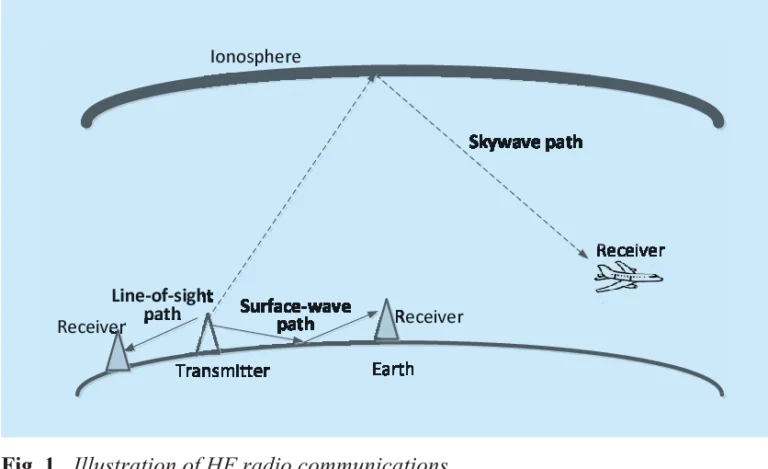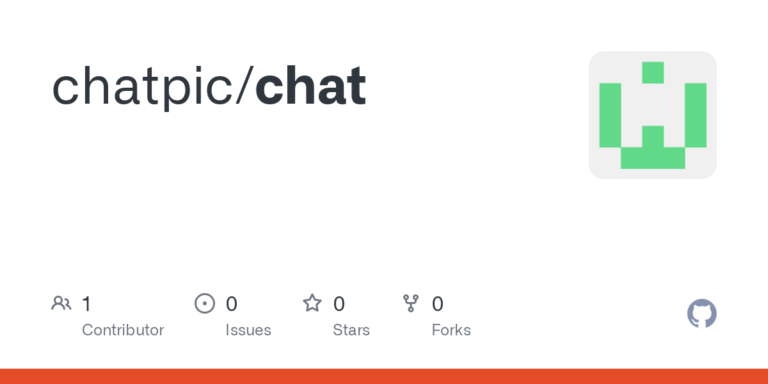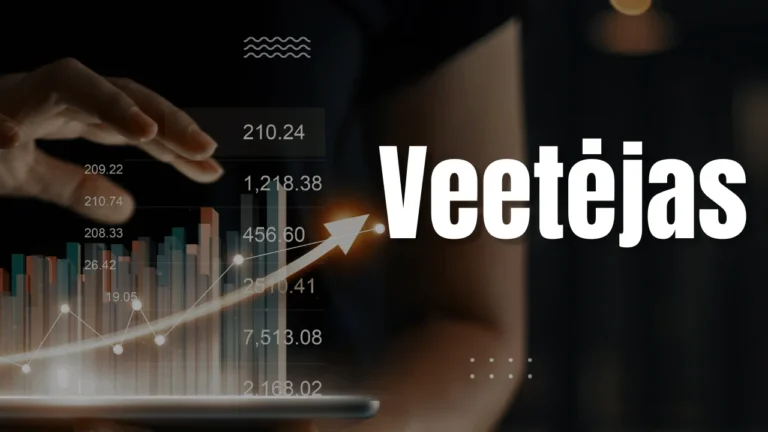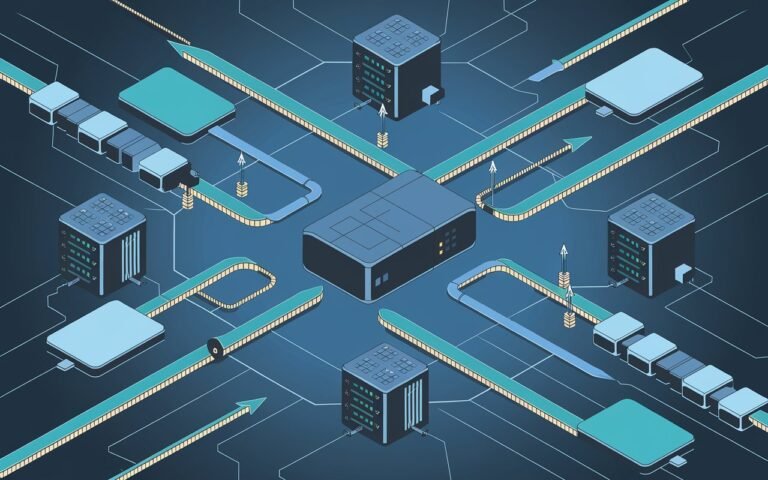Understanding UHF 403.527: A Comprehensive Guide
UHF 403.527 is a specific frequency within the Ultra High Frequency (UHF) band, playing a crucial role in various communication systems. This article delves into the intricacies of UHF 403.527, exploring its applications, technical aspects, and significance in modern telecommunications.
What is UHF 403.527?
UHF 403.527 refers to a precise frequency of 403.527 MHz within the UHF spectrum. To fully grasp its importance, let’s break down the components:
- UHF: Ultra High Frequency, ranging from 300 MHz to 3 GHz
- 403.527: The specific frequency in megahertz (MHz)
This frequency falls within the 400-470 MHz band, which is widely used for various purposes, including:
- Land mobile radio systems
- Public safety communications
- Industrial monitoring and control
- Wireless microphones
- Telemetry applications
Technical Characteristics of UHF 403.527
Understanding the technical aspects of UHF 403.527 is essential for appreciating its applications and limitations:
Wavelength
The wavelength of UHF 403.527 can be calculated using the formula:
Wavelength = Speed of Light / FrequencyFor UHF 403.527:
Wavelength ≈ 299,792,458 m/s / 403,527,000 Hz ≈ 0.74 metersThis relatively short wavelength contributes to the frequency’s characteristics and applications.
Propagation Properties
UHF 403.527 exhibits several propagation properties that make it suitable for specific uses:
- Line-of-sight propagation: Signals at this frequency travel in relatively straight lines, making it ideal for point-to-point communications.
- Building penetration: UHF 403.527 can penetrate buildings better than higher frequencies, though not as well as lower frequencies.
- Atmospheric absorption: Less affected by atmospheric absorption compared to higher frequencies.
- Reflection and diffraction: Capable of reflecting off surfaces and diffracting around obstacles, enhancing its usability in urban environments.
Applications of UHF 403.527
The unique properties of UHF 403.527 make it suitable for various applications across different industries:
1. Land Mobile Radio (LMR) Systems
UHF 403.527 is often utilized in LMR systems, providing reliable communication for:
- Public safety agencies (police, fire departments, emergency medical services)
- Transportation services
- Utility companies
- Private security firms
2. Industrial Monitoring and Control
Many industries leverage UHF 403.527 for remote monitoring and control applications, including:
- Oil and gas pipelines
- Power distribution networks
- Manufacturing plants
- Agricultural systems
3. Telemetry
UHF 403.527 is employed in telemetry systems for:
- Weather monitoring stations
- Environmental sensors
- Wildlife tracking
- Medical telemetry in hospitals
4. Wireless Microphones
Some professional-grade wireless microphones operate on or near UHF 403.527, providing high-quality audio transmission for:
- Live performances
- Broadcast productions
- Conference systems
Regulatory Aspects of UHF 403.527
The use of UHF 403.527 is subject to regulatory oversight in most countries to ensure efficient spectrum utilization and prevent interference. Key regulatory considerations include:
Licensing Requirements
In many jurisdictions, the use of UHF 403.527 requires a license from the national telecommunications authority. This typically involves:
- Submitting an application
- Specifying the intended use and equipment
- Paying applicable fees
- Adhering to power output and emission limits
International Coordination
Given the potential for cross-border interference, international bodies like the International Telecommunication Union (ITU) play a role in coordinating the use of frequencies like UHF 403.527 globally.
Spectrum Allocation
Different countries may allocate UHF 403.527 for varied purposes based on national priorities and international agreements. It’s crucial for users to consult their local regulatory framework.
Advantages of Using UHF 403.527
UHF 403.527 offers several advantages that make it a preferred choice for certain applications:
- Balanced propagation: Provides a good balance between range and building penetration.
- Reduced interference: Less crowded than some other frequency bands, potentially resulting in clearer communications.
- Compact antennas: The relatively short wavelength allows for smaller, more portable antenna designs.
- Versatility: Suitable for both voice and data transmissions.
- Established ecosystem: A wide range of equipment and systems are available that operate on or near this frequency.
Challenges and Limitations of UHF 403.527
While UHF 403.527 has many benefits, it also faces some challenges:
- Limited range: Compared to lower frequencies, UHF 403.527 has a shorter range, which may necessitate the use of repeaters for extended coverage.
- Licensing complexity: The requirement for licensing in many jurisdictions can be a barrier to entry for some users.
- Interference potential: As with any shared frequency, there’s a risk of interference from other users or nearby frequencies.
- Equipment cost: Specialized equipment designed for this specific frequency may be more expensive than more generic alternatives.
Future Trends and Developments Related to UHF 403.527
The landscape of wireless communications is constantly evolving, and this impacts the use and importance of frequencies like UHF 403.527. Some emerging trends include:
1. Software-Defined Radio (SDR)
SDR technology is making it easier to develop flexible, multi-band systems that can operate across various frequencies, including UHF 403.527. This may lead to:
- More versatile communication devices
- Improved spectrum efficiency
- Enhanced interoperability between different systems
2. Internet of Things (IoT) Integration
As IoT continues to grow, there’s potential for increased use of UHF frequencies like 403.527 for:
- Low-power, long-range sensor networks
- Smart city infrastructure
- Industrial IoT applications
3. Cognitive Radio Systems
Advancements in cognitive radio technology may allow for more dynamic and efficient use of the UHF spectrum, including:
- Automated frequency selection to avoid interference
- Adaptive power control to optimize range and battery life
- Improved spectrum sharing techniques
4. Enhanced Digital Modulation Techniques
Ongoing research into advanced digital modulation schemes may lead to:
- Increased data throughput on UHF 403.527
- Improved resistance to interference and multipath fading
- Extended battery life for portable devices
Best Practices for Using UHF 403.527
To maximize the benefits and minimize potential issues when using UHF 403.527, consider the following best practices:
- Conduct thorough site surveys: Assess the local RF environment to identify potential sources of interference and optimize system design.
- Use appropriate antennas: Select and properly install antennas designed for UHF 403.527 to ensure optimal performance.
- Implement robust error correction: Employ advanced error correction techniques to maintain signal quality in challenging environments.
- Regular maintenance: Perform routine checks and maintenance on equipment to ensure consistent performance and compliance with regulations.
- Stay informed about regulatory changes: Keep abreast of any changes in local or international regulations that may affect the use of UHF 403.527.
- Consider frequency coordination: In areas with multiple users, participate in frequency coordination efforts to minimize interference.
- Implement security measures: Use encryption and authentication protocols to protect sensitive communications transmitted on UHF 403.527.
Case Studies: UHF 403.527 in Action
To illustrate the practical applications of UHF 403.527, let’s examine a few real-world case studies:
Case Study 1: Public Safety Communications
A metropolitan area implemented a new digital LMR system operating on UHF 403.527 for its first responders. The system provided:
- Improved coverage in urban canyons
- Enhanced interoperability between agencies
- Clearer voice quality compared to the previous VHF system
Case Study 2: Industrial Telemetry
A large oil refinery deployed a wireless sensor network using UHF 403.527 for monitoring critical processes. Benefits included:
- Real-time data collection from hazardous areas
- Reduced installation and maintenance costs compared to wired systems
- Improved safety through early detection of potential issues
Case Study 3: Wildlife Tracking
Researchers used UHF 403.527-based tracking devices to monitor migratory patterns of endangered birds. The study yielded:
- Long-range tracking capabilities
- Extended battery life due to efficient signal propagation
- Valuable data on habitat use and conservation needs
Conclusion
UHF 403.527 represents a specific yet versatile frequency within the UHF band, offering a unique combination of propagation characteristics, regulatory framework, and established use cases. From critical public safety communications to innovative IoT applications, this frequency continues to play a vital role in our increasingly connected world.
As technology evolves, the utilization of UHF 403.527 is likely to adapt and expand, driven by advancements in software-defined radio, cognitive systems, and digital modulation techniques. However, the fundamental properties that make this frequency valuable – its balance of range, penetration, and capacity – will continue to ensure its relevance in the wireless communication landscape.
For professionals working with wireless systems, a deep understanding of UHF 403.527 and its associated technologies is invaluable. Whether designing new communication networks, optimizing existing systems, or exploring innovative applications, the knowledge of this specific frequency’s capabilities and limitations can lead to more effective and efficient solutions.
As we look to the future, UHF 403.527 will undoubtedly remain an important part of the electromagnetic spectrum, supporting critical services and enabling new possibilities in wireless communication. By staying informed about its technical characteristics, regulatory landscape, and emerging trends, we can continue to harness the full potential of this unique frequency in our ever-evolving digital world.






